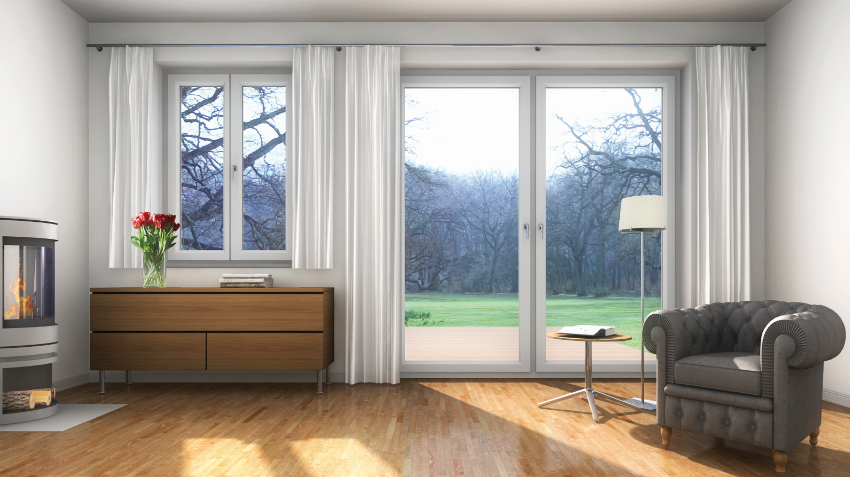The industry determines standard window sizes
If you want to avoid labour and materials costs rocketing sky-high when building a new home, you should pay attention to the standard window sizes specified by the industry. Window fabricators use specific standardised sizes in pre-production. In other words, typical window sizes which house owners can use as guidance in order to avoid reworking, which can be expensive in terms of time and labour, or special constructions.

When we talk about DIN window sizes in this context, these are not necessarily sizes specified by the Deutsches Institut für Normung (German Institute for Standardisation). Rather, they are window sizes in which the dimensions of DIN 4172 “Modular coordination in building construction” are used as a basis for orientation. With the standard windows presented there and the so-called “basic dimensions”, the height and width of a window always increase in multiples of 12.5 centimetres. However, in each case, you have to subtract 30 millimetres for the installation joints. The resulting DIN dimension windows have the following lengths and widths, for example: 50 x 50 centimetres, 50 x 80 centimetres, 60 x 60 centimetres, 60 x 80 centimetres, 75 x 75 centimetres, 80 x 60 centimetres, 80 x 100 centimetres, 100 x 100 centimetres, 100 x 120 centimetres and 120 x 120 centimetres.
If, instead, you want to put new windows in an existing building, you should measure the respective openings. In particular, the standard window sizes in older buildings can differ from the new standard sizes.
